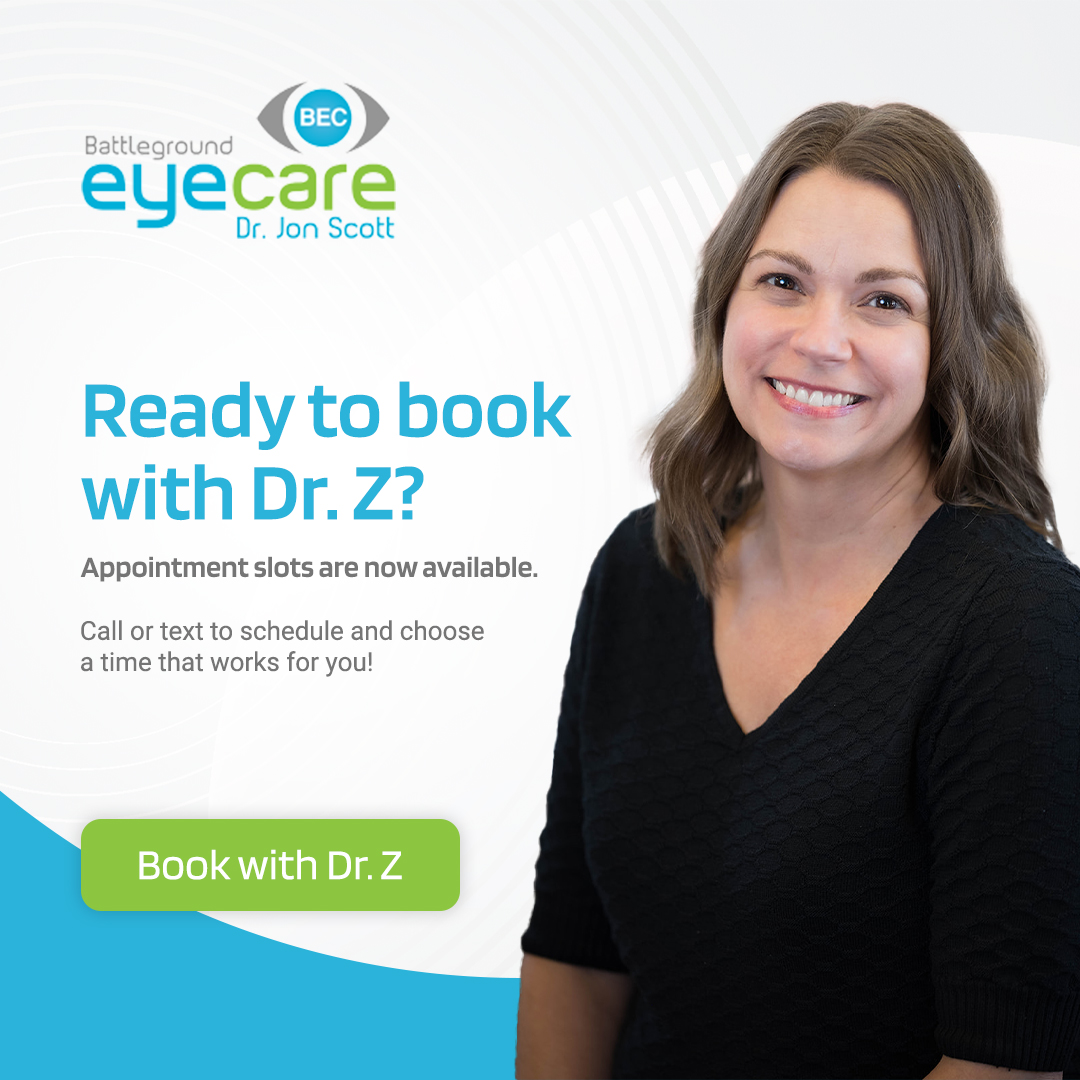
In the past, people identified glaucoma as a disease in which the eye is firm because of elevated eye pressure. But experts learned that this condition could still occur even when the eye pressure is normal. This makes it more challenging to detect. Are you at risk of developing this sight-robbing eye disease?
Read on to learn more about its symptoms and how glaucoma is diagnosed and prevented.
Most Common Types of Glaucoma and Its Symptoms
There are several types of glaucoma, but the most common type is known as open-angle glaucoma. It accounts for about 90 percent of all reported cases. Open-angle glaucoma occurs when there's slow clogging of the drainage canals. It increases pressure inside the eye. Most patients don't have any noticeable symptoms at first. For this reason, you must visit your eye doctor for comprehensive eye examinations. This way, they can detect issues early on. The most common sign of open-angle glaucoma is the gradual loss of peripheral vision, often in both eyes. In its advanced stages, you may suffer from tunnel vision.
Acute-closure glaucoma, or narrow-angle glaucoma, is the less common type. It's caused by blocked drainage canals, causing a sudden increase in intraocular pressure. This type of glaucoma develops very quickly and has symptoms that are often very obvious. Some of the most common signs of acute-angle glaucoma include severe eye pain accompanied by nausea and vomiting. You may also experience reddening of the eye, blurred vision, and halos around lights. It's also likely that you will notice a sudden onset of visual disturbances, especially in low light. This type of glaucoma is deemed a medical emergency. Immediate treatment is crucial to prevent the risk of blindness within a day or two.
How Is Glaucoma Diagnosed?
The only surefire way to diagnose glaucoma is with a comprehensive eye examination. During a checkup, your eye doctor will measure the pressure inside your eye and inspect its drainage angle. They will also test your peripheral vision and measure the thickness of your cornea. Additionally, your doctor will look into your optic nerve and take pictures or computer measurements of it.
Your eye doctor will use various diagnostic tools to determine whether you have glaucoma or not. These include the tonometer, pachymeter, visual field test, ophthalmoscopy, gonioscopy, and imaging technology.
Ways to Prevent Glaucoma
At the moment, regular visits to your eye doctor for a complete eye exam is your best form of prevention. People of African descent, those who have diabetes, and have a family history of glaucoma are at an increased risk. Anyone with a higher risk needs to undergo a glaucoma exam every year or two after turning 35 years old.
A regular exercise program would be beneficial for your overall health. Research suggests that moderate physical activity like walking or jogging a few times a week can lower pressure inside the eye. Since eye injuries can lead to traumatic glaucoma, you must always wear protective eyewear when doing home improvement projects or engaging in sports.
There remain no known ways to prevent glaucoma or prevent significant vision loss from this disease. But you can avoid blindness or prevent the damage once glaucoma is diagnosed in its early stages. Schedule your eye exam today at Battleground Eye Care in Greensboro, North Carolina.
Learn more about diagnosing & preventing glaucoma, contact Battleground Eye Care in Greensboro, NC at (336) 564-6800 to make an appointment.







